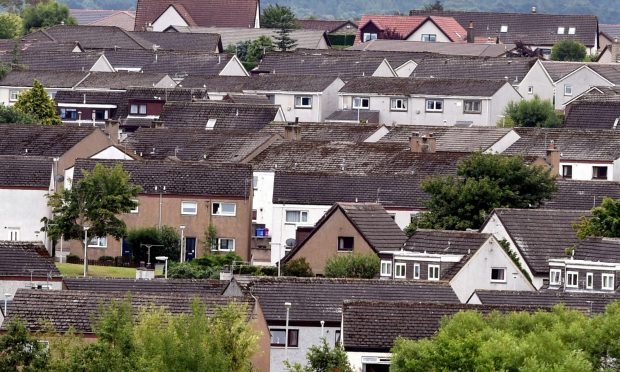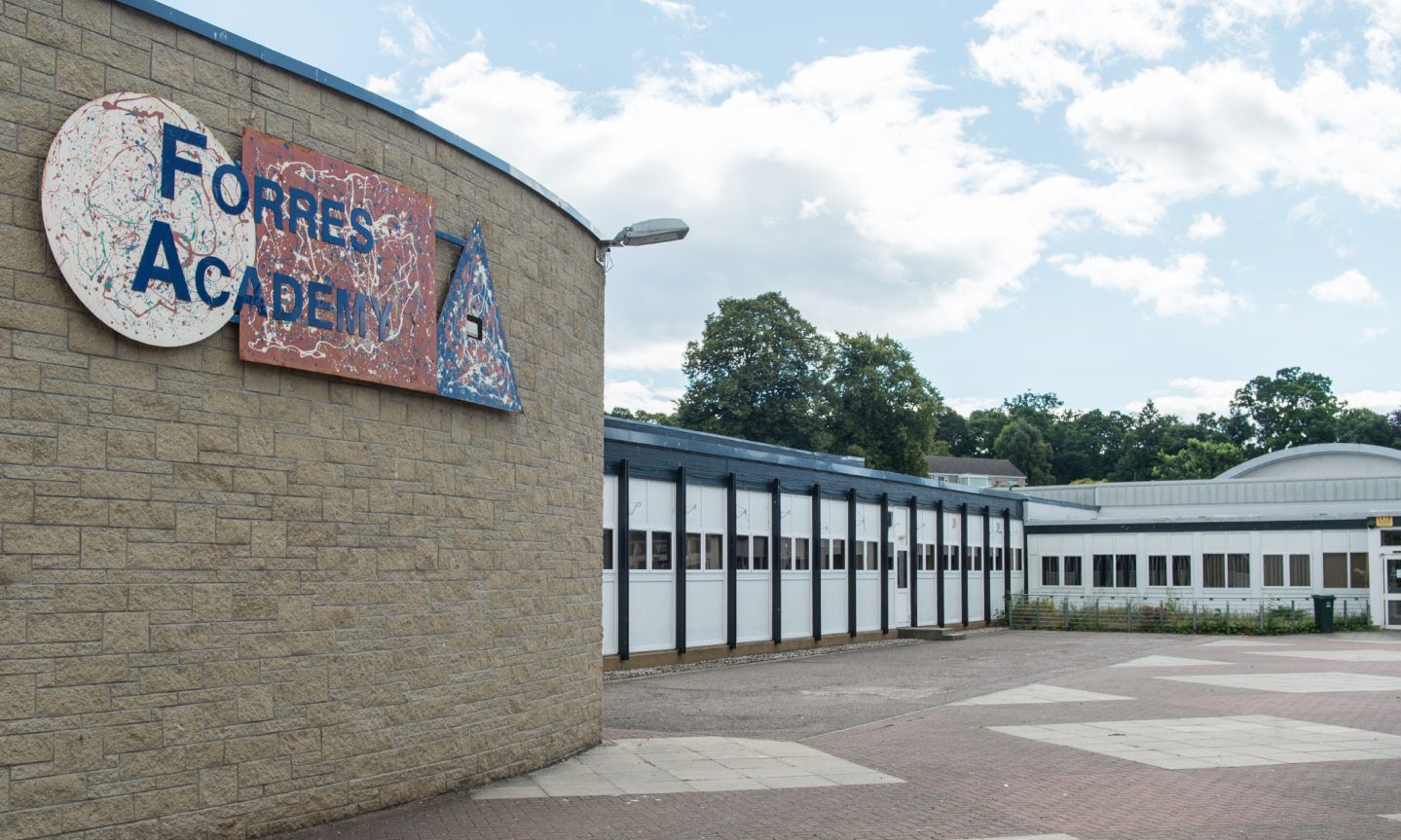More urgency has been demanded to end uncertainty for Moray residents living in council homes made from potentially dangerous Raac concrete.
The local authority confirmed nearly two months ago targeted inspections would take place at a “small number” of its properties.
Checks have now taken place, but it is still not known whether any work will need done on the homes.
It comes as Moray Council faces a £605,000 bill after Raac concrete was confirmed at Forres Academy.
Meanwhile, hundreds of residents in Aberdeen face being rehomed after the council there confirmed the building material had been used in construction.
Calls have been made to put an end to uncertainty for Moray families anxious they may also be forced to move.
Was Raac concrete used to build Moray Council homes?
Moray Council has stressed there is currently “no evidence” Raac concrete was used to build any of its homes.
However, a detailed search of its property records has left sufficient doubt for checks from a structural engineers to be ordered to “confirm assumptions”.
Raac concrete was commonly used in the construction industry between the 1950s and 1990s.
However, there are concerns it has a limited lifespan and can cause structural collapses in extreme cases if water gets through cracks.
Neil Alexander, Moray Liberal Democrats leader, has called for more urgency to end the anxiety for residents.
He said: “Months after promising safety inspections in homes, we are no further forward to dealing with this.
“I’m really worried to see families evicted in Aberdeen where dangerous concrete was found – yet we still have no idea of the scale of the problem here in Moray.”
Mr Alexander has called for more funding from the Scottish Government to help councils cope with the extra costs of Raac concrete in homes and schools.
He added: “This is about the safety of families in their homes, and children in their schools. It could not be more important.”
Raac report awaited from engineers
Moray Council currently has 6,342 homes in its stock across the region, many of which were built after Raac concrete stopped being used.
The local authority says only a “small number” remain subject to investigations from physical inspections to check for the material.
A spokeswoman said: “A detailed analysis of property records has been undertaken and whilst there is no evidence of Raac being present in any council houses, a small number of properties have been assessed by a structural engineer based on their non-traditional construction type in order to confirm the assumptions from the desktop phase.
“We expect their report imminently, which will highlight if there are any issues for further action.”
For more Elgin news and updates, join our local Facebook group.



Conversation